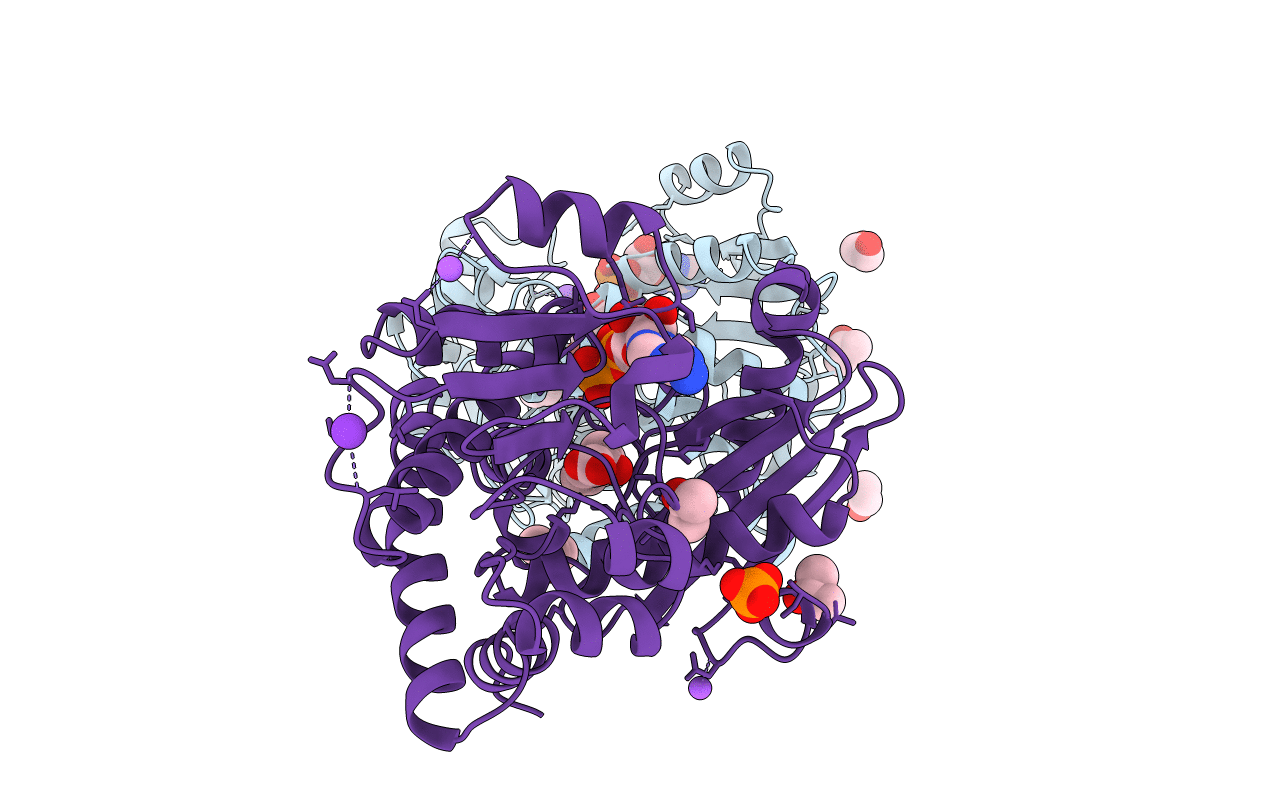
Deposition Date
1998-10-01
Release Date
1999-05-18
Last Version Date
2024-02-07
Entry Detail
PDB ID:
1BW9
Keywords:
Title:
PHENYLALANINE DEHYDROGENASE STRUCTURE IN TERNARY COMPLEX WITH NAD+ AND PHENYLPYRUVATE
Biological Source:
Source Organism:
Rhodococcus sp. (Taxon ID: 1831)
Host Organism:
Method Details:
Experimental Method:
Resolution:
1.50 Å
R-Value Work:
0.19
Space Group:
P 21 21 21


